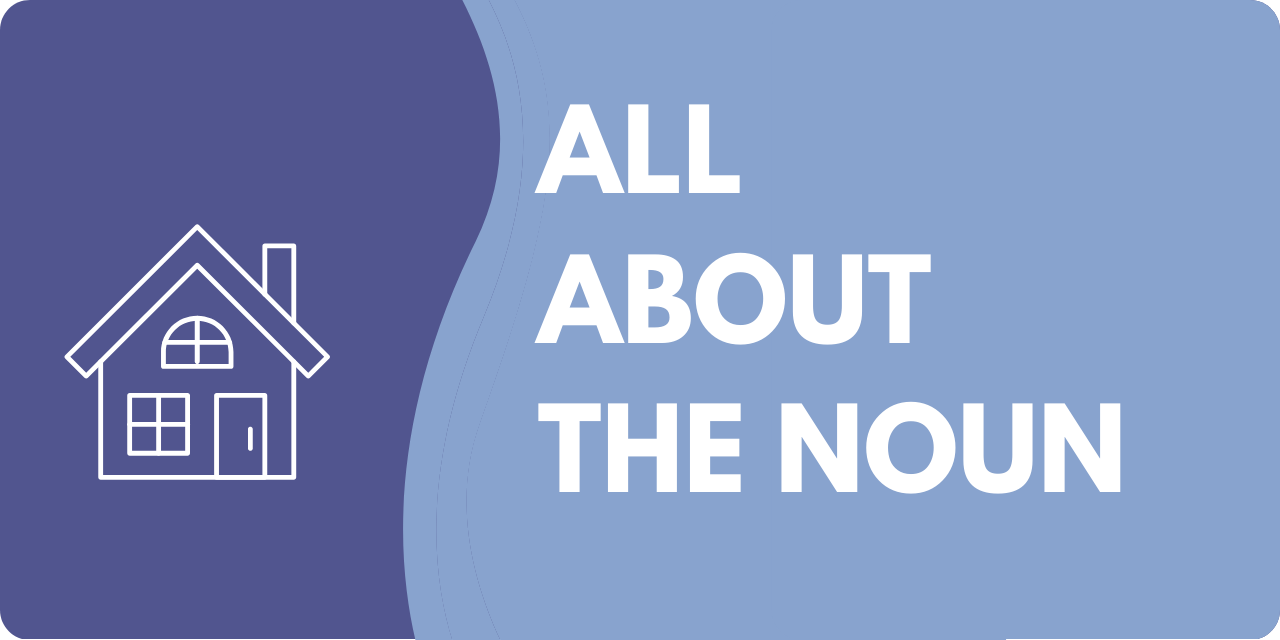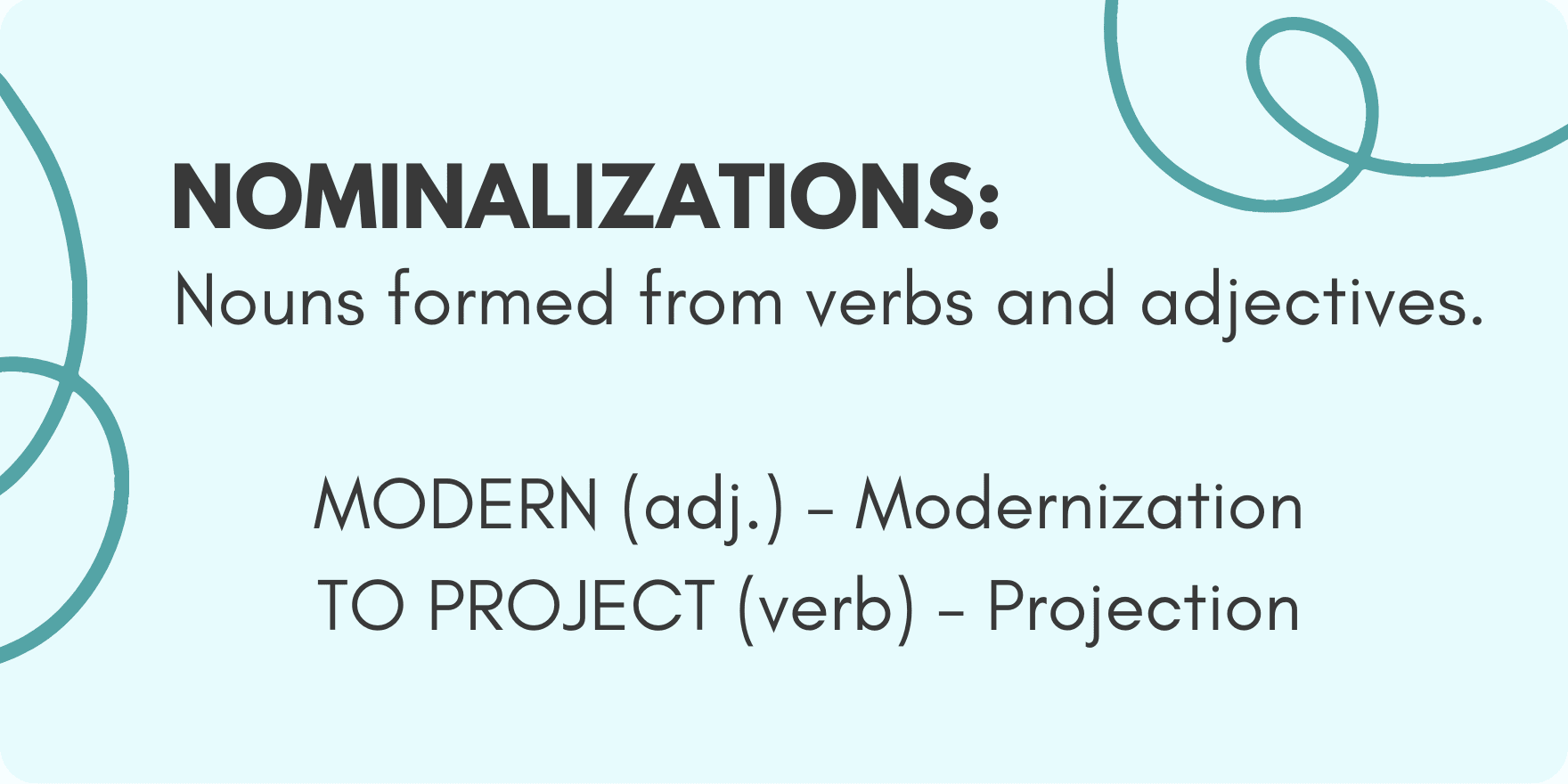Do you use the abbreviations i.e. and e.g. in your business writing? Do you use them interchangeably, or does each expression have its place? How would you define them if a child asked you what they meant?
To think about how to use e.g. and i.e., choose the correct abbreviation in these examples:
- We need an HR professional who is knowledgeable on a variety of topics, i.e./e.g, leadership, succession planning, supervision, and training.
- Let’s start the program with an icebreaker, i.e./e.g., an activity that will loosen people up.
- My friend is vacationing in three countries I have never visited, i.e./e.g., Indonesia, Australia, and New Zealand.
- He has much to do to prepare the condo for sale, i.e./e.g., painting, redoing the floors, and replacing several light fixtures.
- He is an expert in 360-degree feedback, i.e./e.g., feedback that involves input from supervisors, peers, and direct reports.
- We have not yet received comments from several professors, i.e./e.g, Melanie Danny and Charlene Rose.
Have you decided on your choices? Review them again, but this time replace i.e. with “that is,” and replace e.g. with “for example.” See whether doing so changes your answers.
People often confuse i.e. and e.g. because they don’t know what the abbreviations mean. Here’s what you need to know:
- I.e. comes from the Latin id est. It means “that is.”
- E.g. comes from the Latin exempli gratia. It means “for example.”
- The expressions are not interchangeable. E.g. communicates that you are providing a mere example or examples. I.e. communicates that you are identifying or explaining–not giving an example.
Let’s look again at the six examples.
- We need an HR professional who is knowledgeable on a variety of topics, that is, leadership, succession planning, supervision, and training.
- We need an HR professional who is knowledgeable on a variety of topics, for example, leadership, succession planning, supervision, and training.
Both could be correct, but they mean different things. The writer should decide on the intended meaning and then use “that is” or “for example” to be clear.
- Let’s start the program with an icebreaker, that is, an activity that will loosen people up.
This sentence requires “that is” because it is explaining what an icebreaker is.
- My friend is vacationing in three countries I have never visited, that is, Indonesia, Australia, and New Zealand.
This sentence requires “that is” because it is naming the three countries in question.
- He has much to do to prepare the condo for sale, that is, painting, redoing the floors, and replacing several light fixtures.
- He has much to do to prepare the condo for sale, for example, painting, redoing the floors, and replacing several light fixtures.
Both “that is” and “for example” are possible, but “for example” is the better choice. There must be more than three things the individual needs to do to prepare the condo for sale; therefore, the three tasks are examples.
- He is an expert in 360-degree feedback, that is, feedback that involves input from supervisors, peers, and direct reports.
The sentence requires “that is” because it is explaining what 360-degree feedback is.
- We have not yet received comments from several professors, for example, Dr. Danny and Mr. Rose.
This sentence needs “for example” because it refers to several professors but only names two examples.
From the examples above, you can see that using i.e. and e.g. is risky. The abbreviations aren’t clear to many people, and they make readers think about whether you are providing an explanation or an example. Using “that is” and “for example” makes things clear.
It’s smart to be concise and avoid using “that is” and “for example” when they aren’t necessary. These sentences communicate well without them:
- We need an HR professional who is knowledgeable on a variety of topics: leadership, succession planning, supervision, and training.
- Let’s start the program wit an ice breaker, an activity that will loosen people up.
- My friend is vacationing in three countries I have never visited: Indonesia, Australia, and New Zealand.
- He has much to do to prepare the condo for sale: painting, redoing the floors, replacing several light fixtures, etc.
Notice the addition of etc. in the sentence above. That only works when “for example” doesn’t appear. It’s illogical to use etc. and “for example” together.
Do you use the risky i.e. and e.g. at work? Do you use them correctly?






